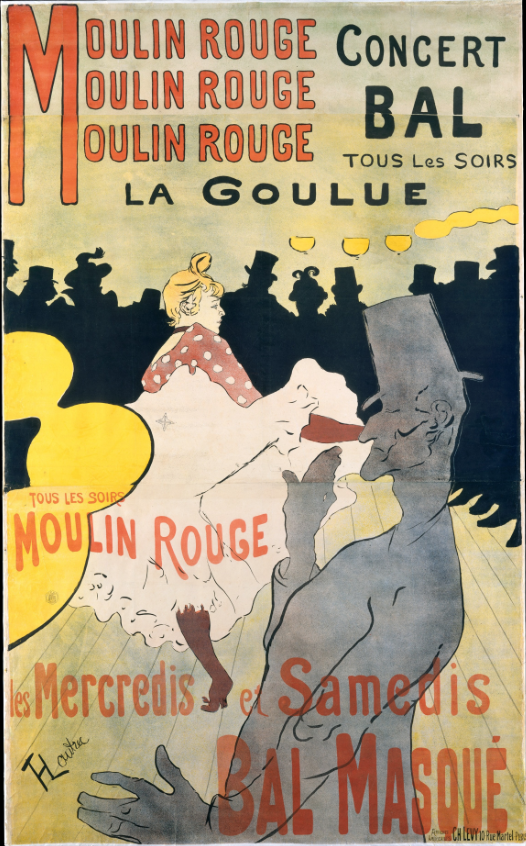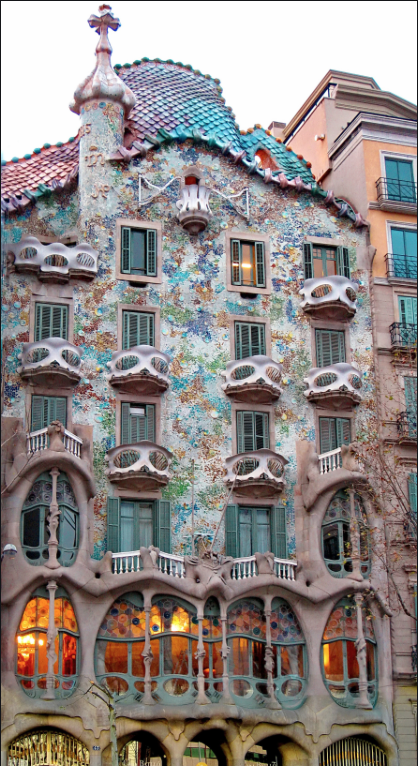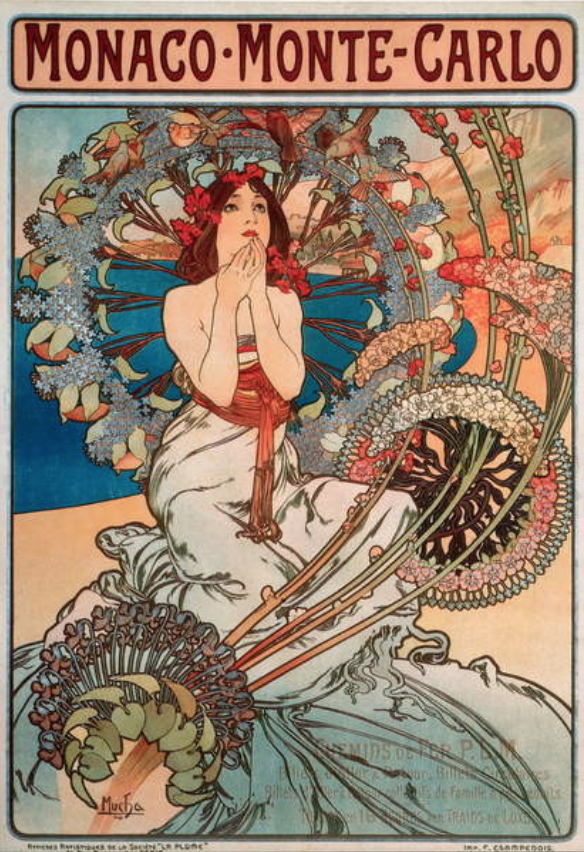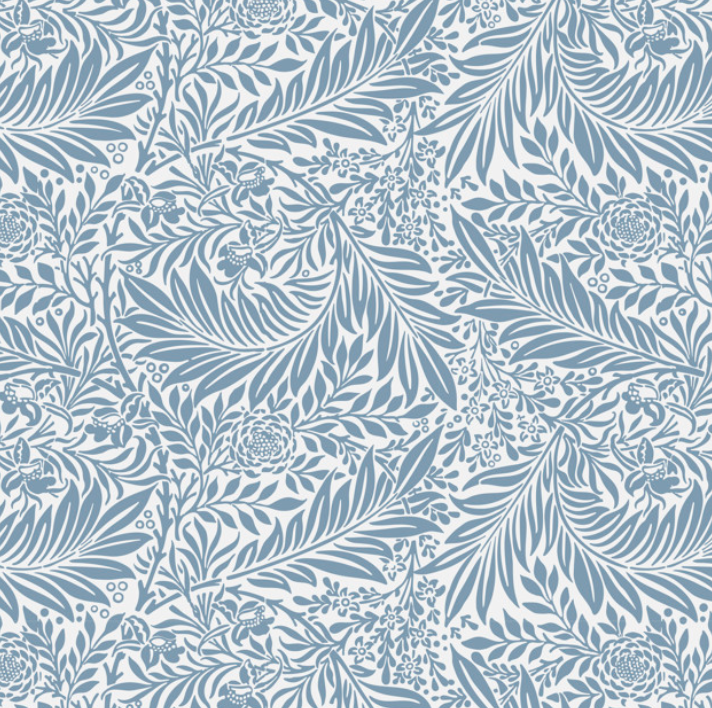Stylised Natural Forms
Art Nouveau
Art Nouveau was an incredibly influential movement from the late 1800s until the beginning of the First World War. It focused on the use of flowing organic lines, taking inspiration from natural forms. Art Nouveau designs are anything but plain and are stark contrasts to the art movements that follow it like Art Deco and Bauhaus with their embellishments and decorative finishes. Much of late 19th century and early 20th century architecture, graphic design, interior design and fashion was inspired by this movement and produced countless well known artists, designers and artworks themselves.



Left – Moulin Rouge, Henri De Toulouse Lautrec, Middle – The Casa Batllo, Antoni Gaudi, Right – Monaco Monte Carlo, Alphonse Mucha
Arts and Crafts
The Arts and Crafts movement was popular in mid 19th century Britain and was, first and foremost, a backlash against the new industrialisation of the UK. Art and Crafts focused on the use of traditional making skills, creating handmade pieces inspired, like Art Nouveau, by natural and organic forms. The movement championed handmade goods, in the form of wood carving, textiles, tiling and glassware. Arguably the most famous participant in the Arts and Crafts movement was William Morris. Morris’s textile and wallpaper designs are instantly recognisable and he too was a believer in the continued use of classic production techniques rather than yielding to the new method of mass produced goods. His use of traditional woodblock printing for this wallpaper designs is an example of this.


